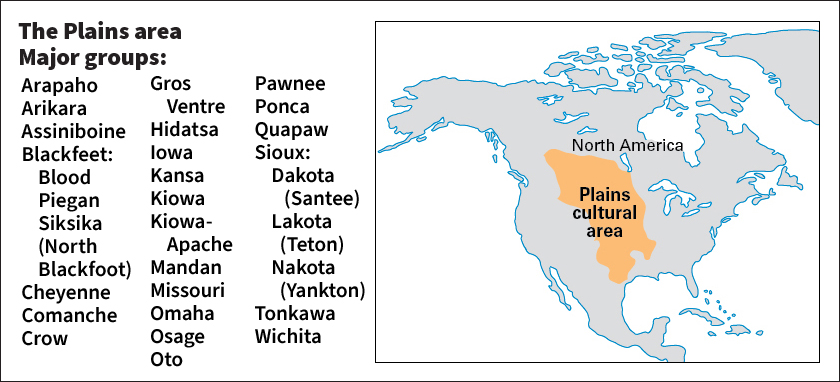Osage << OH sayj >> once gathered food and hunted buffalo throughout a vast region of what are now Arkansas, Kansas, Missouri, and Oklahoma. The Native American tribe also had permanent camps along the Osage River, which was named for them. The Osage lost most of their land to the United States government as a result of treaties made from 1808 to 1870. In 1872, the tribe moved to a reservation in Oklahoma and took up farming.

Oil was discovered on the Osage reservation in the late 1800’s. It produced income that made the tribe extremely wealthy, and some Osage moved off the reservation. Today, the Osage preserve some aspects of their culture, including their language and religious ceremonies. According to the 2020 U.S. census, there are about 8,000 Osage. Many Osage still live on the reservation, and many other Osage return in June for an annual ceremonial dance called I’n-Lon-Schka.
See also Chouteau, Jean Pierre.
